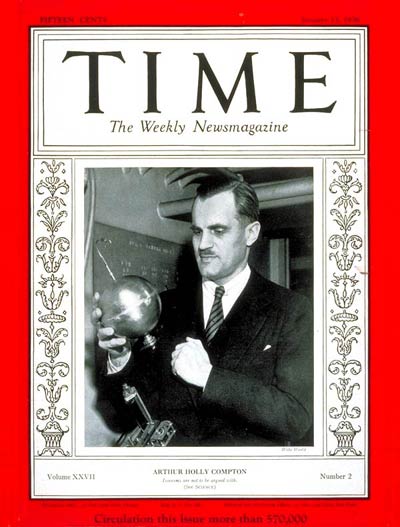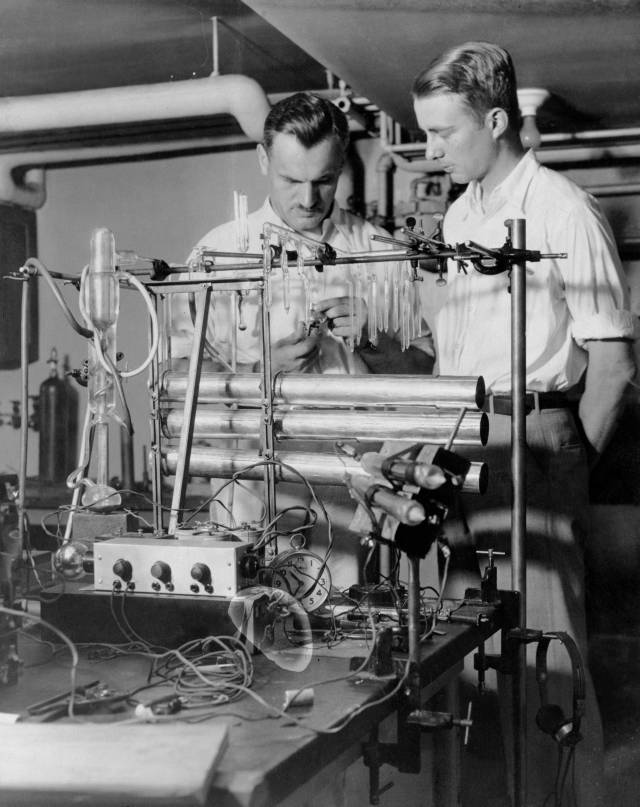Compton
About the project
![]()
![]()
This repository contains code for the analysis of data from an actual quantum mechanics experiment. The experiment utilized a monoenergetic gamma-ray source (Cs-137) and a photomultiplier detector to investigate the angle-dependent energy shift of scattered photons. This investigation provides a practical approach to determining the rest mass of the electron experimentally.
Link to the project files: github.com/Al-1n/Compton
Full scientific report: Angular Dependence of gamma rays scattered from a metal target (Compton Scattering)
Requirements
- JupyterLab
- Pandas
- NumPy
- Lmfit
- Matplotlib
How to use this project
The code in these files can be adapted and used as a reference for analyzing data from scattering experiments.
Any environment that can load a python kernel and run jupyter notebooks such as vs code, google collab or conda can be used.
In order to adapt the code to new measurements, a basic understanding on how to place, load and transform the data is required.
Contributors
The experiment was performed under the guidance of Dr. Clark McGrew.
The data was collected at Stony Brook University by Nikhil Kumar, Xueqi Li, Edwin Ramillo and Makoto Tsuneto.
Data analysis performed by Alin Airinei.
Background
Compton’s experiment marked a revolutionary turning point in the understanding of physics, as it not only confirmed Albert Einstein’s 1905 proposal of energy quantization but also provided compelling evidence for the particle nature of light.

In his seminal 1923 paper on the quantum theory of light scattering, A.H. Compton challenged the classical Thomson model of wave-matter interaction. He argued that the observed wavelength shift, resulting from the scattering of energetic X-rays or gamma rays by weakly bound electrons, could be better explained by considering a particle-like interaction between the incident ‘radiation quantum’ and the electron. This interaction caused the electron to recoil, leading to a frequency shift that resulted in the emission of a lower-energy photon. The energy difference was transferred to the electron, showcasing the dual nature of light as both waves and particles.
For his groundbreaking work, Arthur H. Compton was awarded the Nobel Prize in 1927 for his contributions to the understanding of X-rays. Later in his career, Compton played a pivotal role in the development of the Manhattan Project, a top-secret research and development project during World War II that led to the creation of the atomic bomb.

Results
The results align with the particle theory of light, demonstrating that the energy difference between the scattered and incident rays is directly proportional to the energy of the electron. A comparison of these findings with the Compton model reveals a rest mass value for the electron that reasonably agrees with the accepted value.
For more information read the full report by following the link: The Angular Dependence of Compton Scattering Cross-section Ratios of Cu and Al.
